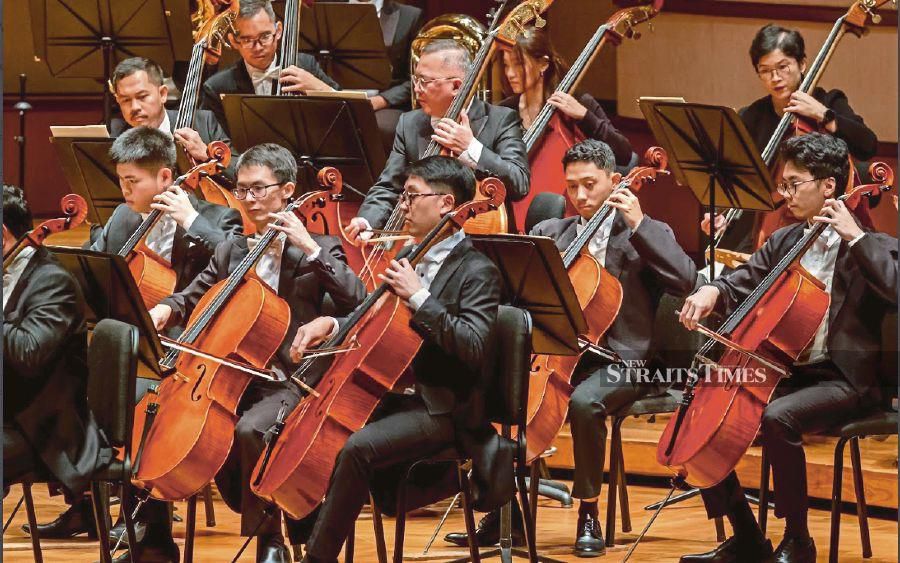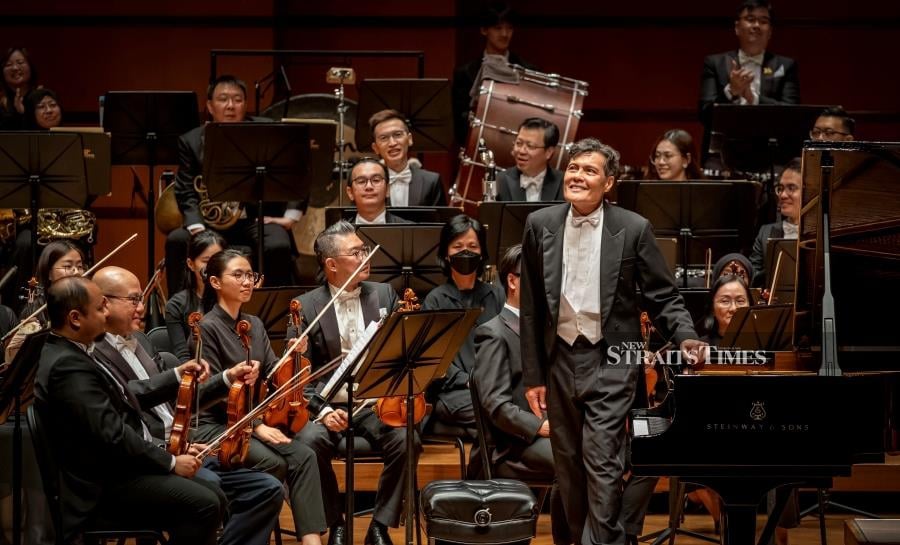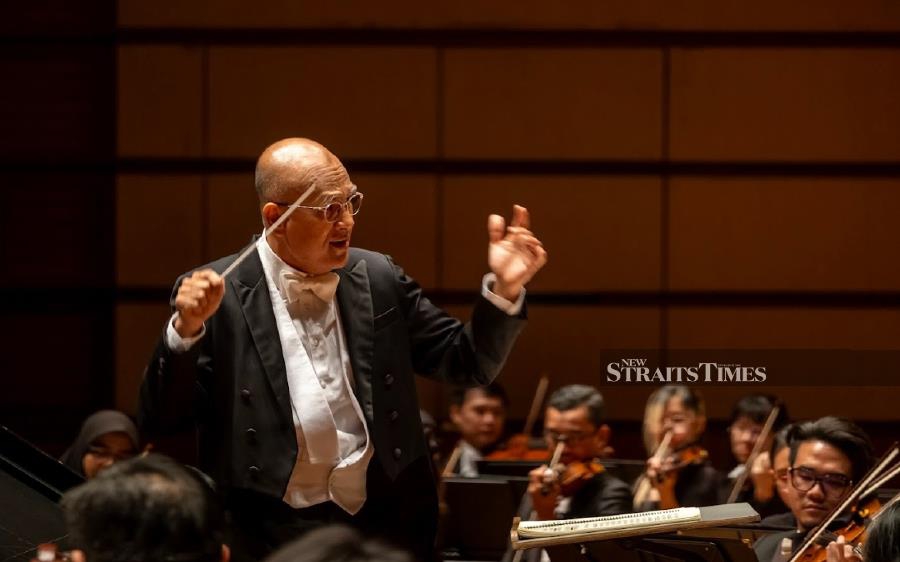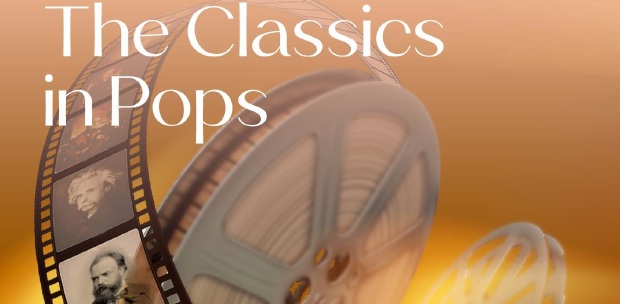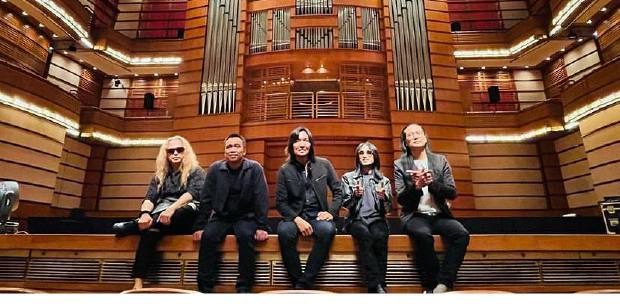CLASSICAL gems from three legendary European masters took centre stage at the National Symphony Orchestra's (NSO) latest concert at Dewan Filharmonik Petronas (DFP), Kuala Lumpur City Centre, on May 18.
Part of Istana Budaya's Lambang Sari Series, Resilience and Triumph was performed by the NSO led by conductor Nasran Nawi, and featuring Muzaffar Abdullah, a solo pianist, in the second piece.
FRENCH COMPOSERS
The exciting 8.30pm concert played three legendary Western classical hits by renowned classical composers Hector Berlioz, Maurice Ravel and Jean Sibelius.
The music pieces in the two-hour concert were Berlioz's "Roman Carnival Overture Op. 9", Ravel's "Piano Concerto for the Left Hand in D Major" and Sibelius' "Symphony No. 2 in D Major Op. 43".
CARNIVAL SCENE
The "Roman Carnival Overture Op. 9" was composed in 1843 and first performed at the Salle Herz concert hall in Paris, France, on Feb 3, 1844.
A standalone overture, it is made up of themes from Berlioz's opera Benvenuto Cellini, including some music from the opera's carnival scene, hence its title.
The boisterous music piece is about celebration with brass instruments at the forefront, sounding like an opening ceremony theme.
It is scored for large orchestras, is in the key of A Major, and features a prominent solo for the English horn.
Berlioz (1803-1869) was a French Romantic composer and conductor.
His output includes orchestral works, such as "Symphonie Fantastique" and "La Damnation De Faust".
WORLD WAR ONE
The "Piano Concerto for the Left Hand in D Major" was composed by Maurice Ravel between 1929 and 1930.
The jazz-influenced piece was commissioned by Paul Wittgenstein, a concert pianist who had lost his right arm in World War 1.
Wittgenstein gave the premiere with the Vienna Symphony Orchestra on Jan 5, 1932.
Ravel (1875-1937) was a French composer often associated with the Impressionism art movement.
In the 1920s and 1930s, Ravel was internationally regarded as France's greatest living composer.
His best-known work was "Bolero" (1928).
He was among the first composers to recognise the potential of recording to bring their music to a wider public.
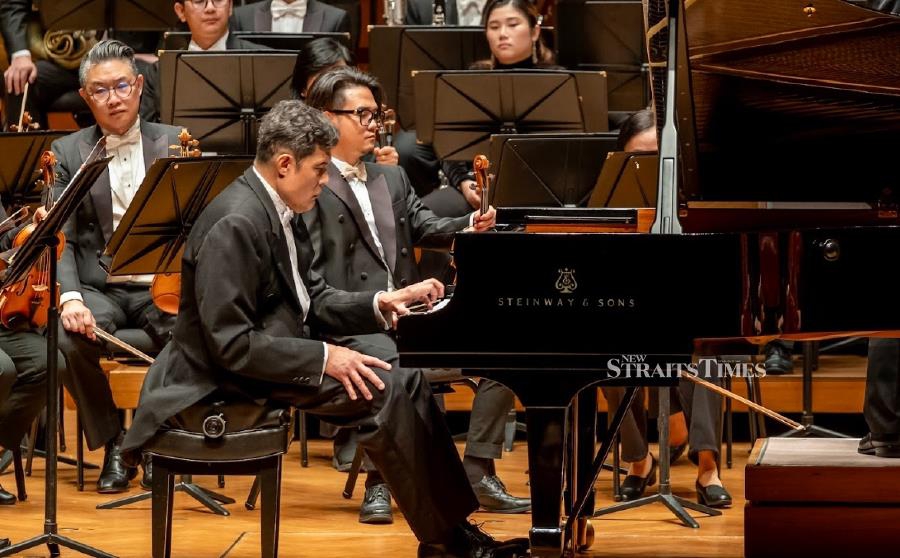
NATIONALISM
"Symphony No. 2 in D Major Op. 43", is a four-movement work for orchestra written from 1901 to 1902 by the Finnish composer Jean Sibelius.
Sibelius' number, which is largely influenced by Finnish folk music, is about the resilience of the Finnish people in fighting for their independence.
Beginning energetically, it took a melancholic and turbulent turn in its subsequent movement, before returning to a triumphant sound.
Sibelius began writing the symphony in 1901 in Rapallo, Italy, shortly after the successful premiere of his popular composition "Finlandia".
The symphony premiered at the Helsinki Orchestral Society on March 8, 1902.
ROMANTIC PERIOD
Sibelius (1865-1957) was a Finnish composer of the late Romantic period.
Widely regarded as his country's greatest composer, his music is often credited with having helped Finland develop a stronger national identity in the late 19th century.
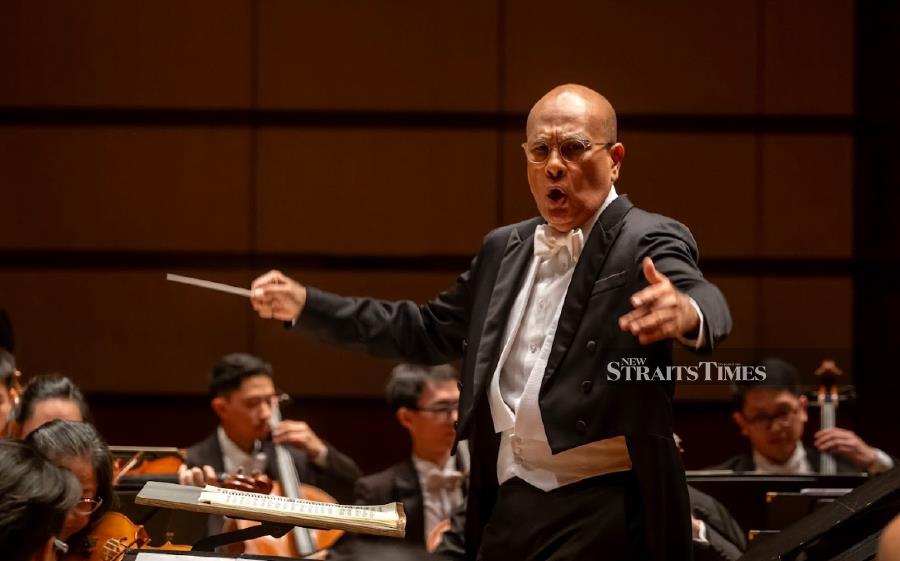
RENOVATIONS
There were 75 musicians, comprising 22 violinists, 8 viola players, 9 cellists, 6 double bass players, 3 flutists, 3 oboists, 4 clarinetists, 3 bassoonists, 4 French horn players, 4 trumpeters, a tuba player, 3 trombonists, 5 percussionists and a harpist in the 31-year-old NSO.
Nasran said: "DFP is the right place for us to have this classical concert, since the National Theatre is undergoing renovations.
"We hope to have more collaborations with DFP in the near future, and it is always an honour to have Muzaffar, who is one of the country's foremost classical pianists on board."
Muzaffar has performed as a pianist around Asia and Europe, and has taught at the Conservatoire International de Musique de Paris, among other renowned music educational institutions.
He is also the founder of the Malaysian International Piano Festival, which began in 1994.
